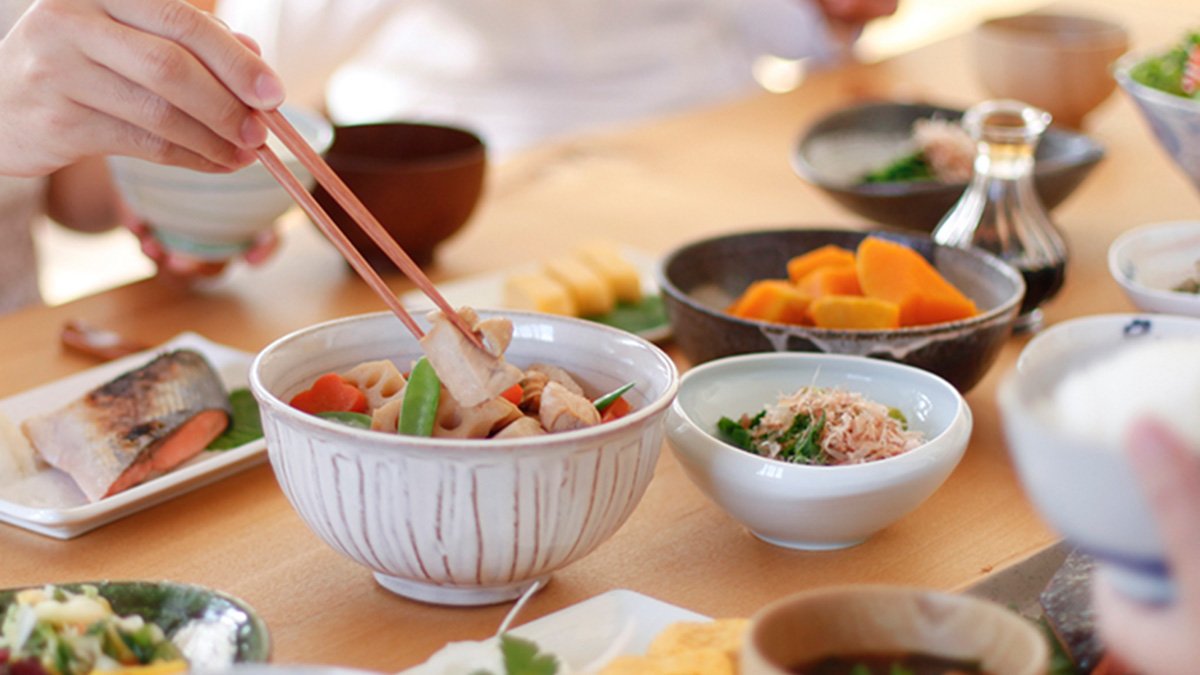free
Description

High-class chopsticks carefully made by Wakasa nuribasi craftsmen one by one!
Because it is something that you can eat every day, we want you to use safe and secure chopsticks that use only domestic natural materials.
Chopsticks are a lucky charm, so they are also recommended as gifts for Halle's Day.
Information
| Manufacturer | MATSUKAN |
|---|---|
| Country of origin | Fukui Prefecture, Japan |
| Technique | Wakasa Lacquered Chopsticks |
| Material | Paulownia |
| Size | - (cm) |
| Weight | 0.04 lbs(20g) |
| Capacity | 0 oz(0ml) |
| Electronic Equipment | Dishwasher × (Please wipe off the water immediately after use.) |
| Note | Name engraving is not available. |
| Delivery Time | 1-2 weeks (if out of stock + 1-2 weeks) |
Brand history and characteristics
How Japanese Products Can Be Such High Quality
Payment & Security
Your payment information is processed securely. We do not store credit card details nor have access to your credit card information.
![[CHOPSTICKS] GIFT BOX FOR GIFTS FOR 1 SET OF PAULOWNIA BOX | WAKASA LACQUERED CHOPSTICKS](http://en.thebecos.com/cdn/shop/products/matsukan02_3917fd99-780e-4943-93e8-5e51a167c3fd_{width}x.jpg?v=1602581334)
![[CHOPSTICKS] GIFT BOX FOR GIFTS FOR 1 SET OF PAULOWNIA BOX | WAKASA LACQUERED CHOPSTICKS](http://en.thebecos.com/cdn/shop/products/matsukan02_3917fd99-780e-4943-93e8-5e51a167c3fd_130x.jpg?v=1602581334)

